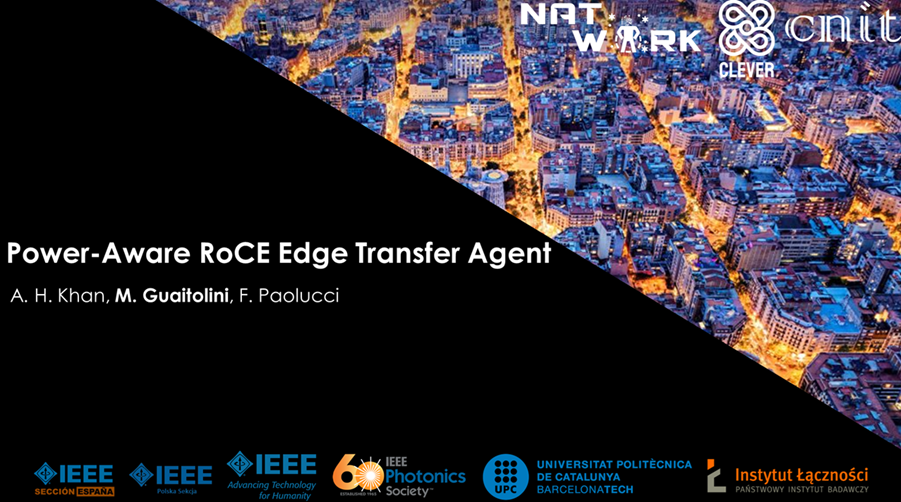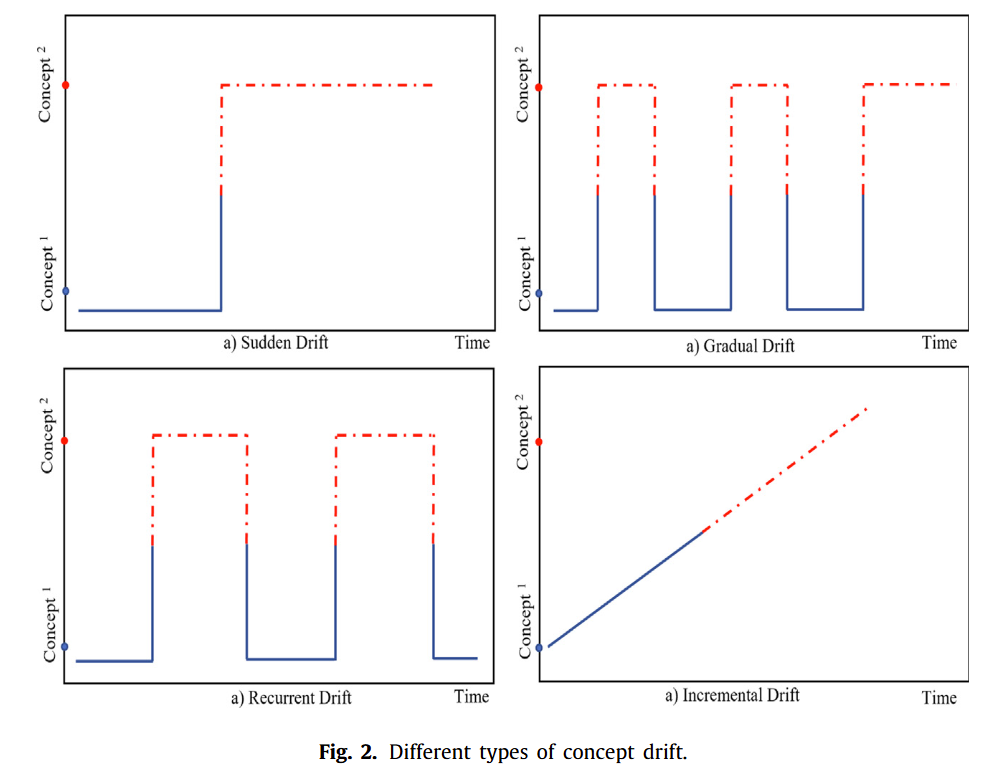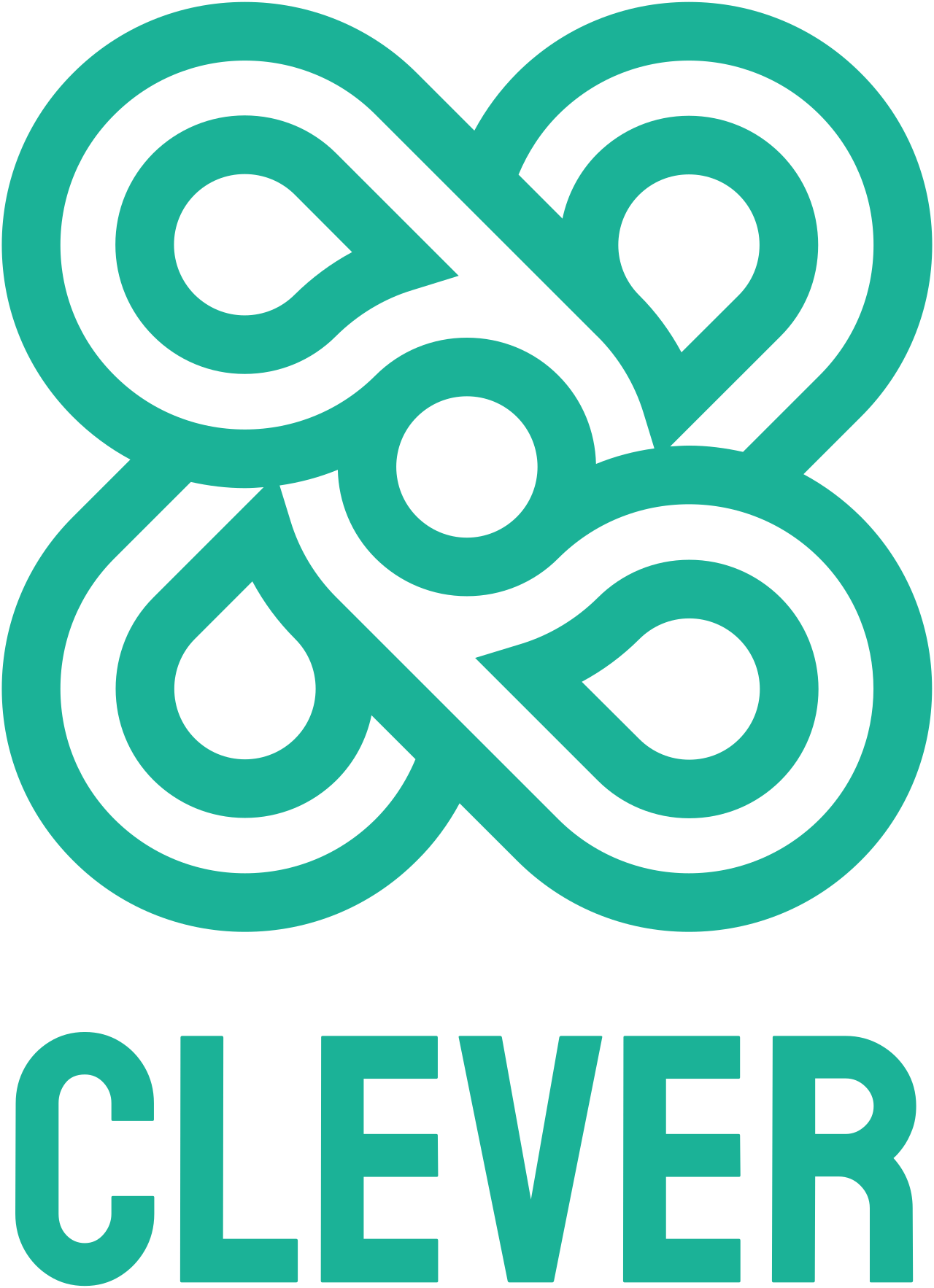Collaborative edge-cLoud continuum and Embedded AI for a Visionary industry of thE futuRe

CLEVER is at ICTON, Barcelona!
CLEVER-project is at #ICTON2025, with partners from #CNIT. Come to our talk or exploit the breaks to share a fruitful discussion about our most recent developments!

Smart environments need smarter AI: edge-native solution to Concept Drift!
In an era of real-time data and rapidly evolving urban dynamics, concept drift is a silent killer of AI accuracy. As patterns shift (think lockdowns, weather anomalies, or energy crises), traditional models fail. As part of the CLEVER Project, we introduce a resilient, containerized edge computing architecture (EMDC) that automatically detects and adapts to concept…

🤔 How do you automate the Edge-to-Cloud Continuum? Meet CLEVER!
CLEVER’s layered middleware is the answer! It automates orchestration, connecting compute/storage across cloud & edge for smart deployments & max resource use.Here’s CLEVER in Action:1- Request lands at Frontend (specs included).2- Where to run it? Global Scheduler + Knowledge Graph pick the best spot.3- Off it goes to the perfect edge node (like Far Edge) for execution.4-…

Future networks don’t just react — they predict! 🔮
Introducing our flexible forecasting platform for Zero Touch Networking and Digital Twinning, developed as part of the CLEVER Project 🔍 In today’s dynamic 5G and beyond environments, reactivity is not enough. Network automation must evolve into proactivity — where systems anticipate failures, forecast traffic, and autonomously optimize performance. 📶 Our platform uses real-time and historical…

Predicting the Future of Resource Allocation!
In the CLEVER Project, we’re transforming how edge computing platforms handle resource management by integrating cutting-edge AI/ML models for proactive resource forecasting. Imagine a world where your applications—from autonomous vehicles to augmented reality—receive resources before they need them, ensuring top-tier performance and consistent Quality of Service (QoS). 🔍 What makes CLEVER stand out? 1- AI-driven predictive…

